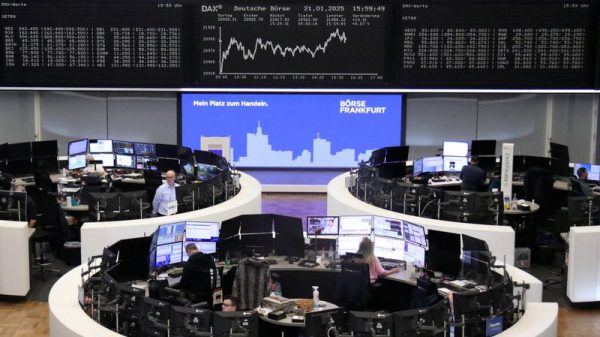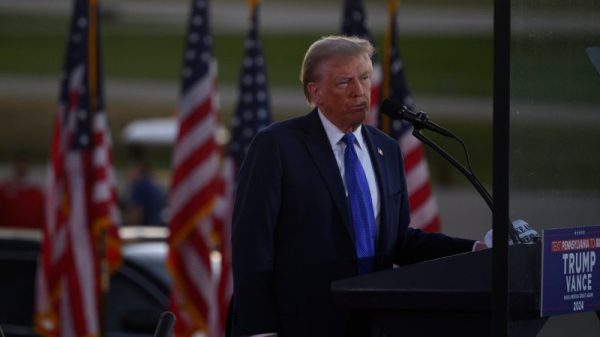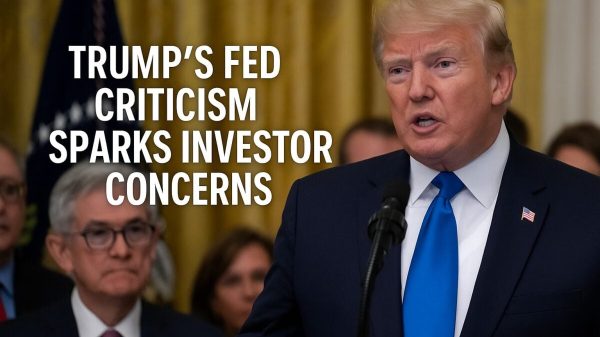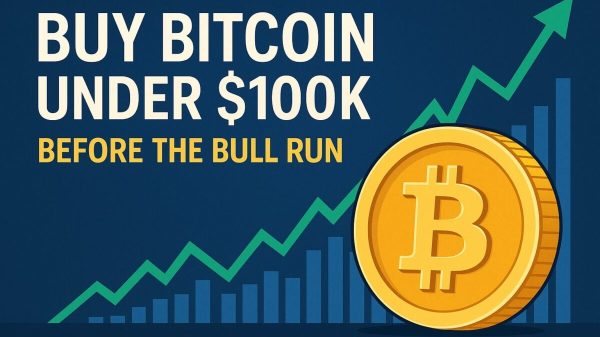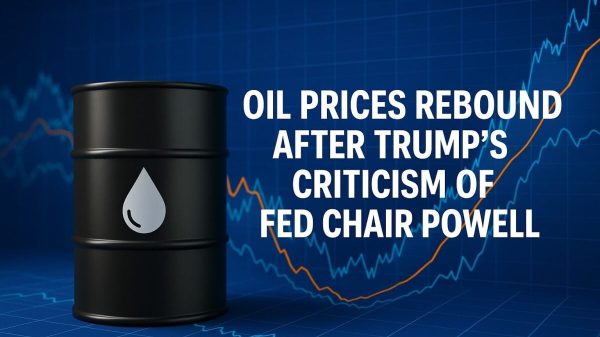By Sarupya Ganguly
BENGALURU (Reuters) – Donald Trump’s presidential election win has forced bond strategists to make a material change in their outlook towards higher longer-dated Treasury yields, a Reuters poll found, as the risk of a U.S. inflation resurgence escalates.
Since Trump’s victory, the benchmark U.S. 10-year Treasury yield has risen nearly 15 basis points. That stems from expectations of his proposed policies of tax cuts and tariffs, which, according to estimates from the Committee for a Responsible Federal Budget, could push up U.S. fiscal debt by $7.75 trillion over the next decade.
Coupled with continued resilience in U.S. economic data, that has thrown a wrench into the Federal Reserve’s easing plans. Benchmark 10-year yields, which move inversely to prices, are up over 70 basis points cumulatively since the Fed’s large September half-percentage point rate cut.
Interest rate futures are now fully priced for just three more quarter-point interest rate cuts by end-2025, half of what was predicted even a few weeks ago.
Nearly two-thirds of respondents, 19 of 30, said their overall view of longer-dated Treasury yields, which account for future growth and inflation expectations, had materially changed since the U.S. election in a Nov. 8-13 Reuters survey.
“The situation is two-fold. Initially, we were skeptical about the U.S.’s need to cut rates as much as they were saying, or as much as the market was pricing. Central banks typically cut rates if there is a crisis or if inflation is too low, neither of which we’re currently seeing,” said Lars Mouland, chief rates strategist at Nordea.
“Plus, its hard to argue against a lot of what Trump has proposed as being inflationary. Imported goods will become more expensive, and even if substituted with American goods, which are pricier from the onset, prices will rise … Perhaps we need to revisit the highs in rates and go even higher in the long end of the curve.”
POLICY CLARITY SOUGHT
Dan Ivascyn, group chief investment officer at bond giant PIMCO, told Reuters last week the Treasury market selloff on and around the election reflected “reflationary theme” as well as higher fiscal risks.
But strategists have not yet fully factored in these concerns to their official point forecasts.
The 10-year Treasury yield, currently 4.43%, was seen falling about 20 bps to 4.25% in three months and to 4.20% by end-April, according to the median forecasts from nearly 40 bond strategists. Those forecasts were sizeable upgrades from October’s survey.
“There are two opposing forces here for the market. One is the expectation of fiscal stimulus in 2025, which keeps an upward bias to yields. However, at the same time, there is also the fact the labor market has been weakening. The Fed is on an easing path, which acts in the opposite direction, pulling down yields,” said Jabaz Mathai, head of G10 rates and FX strategy at Citi.
“Between these two forces, we find ourselves somewhat neutral at current levels – 4.2% is a reasonable target in the near term.”
Several others in the survey also cited the need for greater clarity around whether Trump’s proposed policies will be implemented in full before taking a definitive call on the future path of yields.
While results are still coming in for the House of Representatives, most expect the Republican Party to be in control of both Houses of Congress.
“From here, yields will clearly look for more information not only from economic data, but also from fiscal policy,” said Vishal Khanduja, portfolio manager, Total (EPA:TTEF) Return Bond Fund at Morgan Stanley (NYSE:MS) Investment Management.
“We need to see more details not only about who will lead certain aspects in the administration and certain departments, but also about their focus and actual numbers, whether it’s tax cuts or tariffs … This will give us more direction for Treasury yields.”
Asked what was more likely for the U.S. yield curve over the coming month, 95% of survey respondents, 20 of 21, said it would steepen, 13 of whom said it would be led by longer-term yields rising faster than short-term ones, or “bear steepening”.
Seven said “bull steepening” was more likely, one said “bull flattening”.




